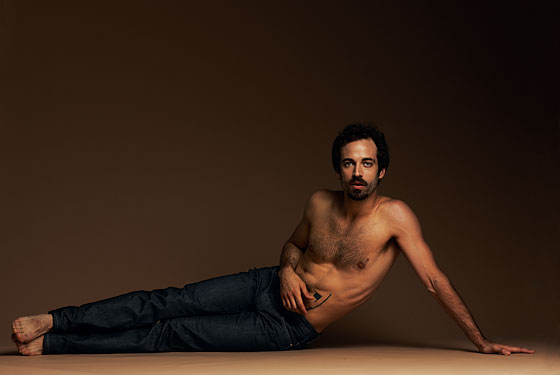
He is perched on a desk, legs swinging like an impatient, excitable boy. Before him, two New York City Ballet dancers work out a complicated duet, which quickly becomes an amusing trio when Benjamin Millepied bounds over and, by way of demonstration, casts himself alternately as the ballerina and her partner. “Eh, it’s a little funky, but I’ll fix it,” Millepied assures them with a laugh. He then casts a sidelong glance, as if to say, Can you believe how cool this is?
Millepied, 31, is a protégé of the late Jerome Robbins, who took a special interest in the young student from Bordeaux, France. His charm, humility, and dizzying work ethic have contributed to a quiet rise as one of ballet’s most promising young choreographers. So far he’s managed to avoid the heavy, golden-boy hype of contemporaries like Christopher Wheeldon, but that may change with Quasi Una Fantasia, Millepied’s first major commission for his home company (premiering Wednesday) and a clear artistic takeoff point. His signatures—intricately woven, slightly off-balance partnering; complex, evolving group patterns; and the celebration of female dancers as both powerful and mysterious—crystallize here into a movingly unified work, set to a haunting string score by Henryk Górecki. “This time, I worked in a completely different way. It was like twelve doors opened at once,” Millepied says. “It used to be just, ‘Oh well, Benjamin has a good feeling with music, he can make a nice pas de deux.’ But I feel like now I’m a choreographer for the first time.”